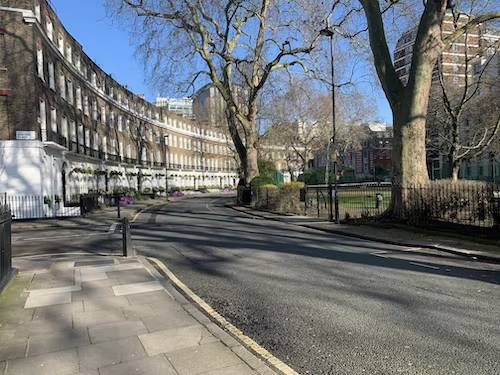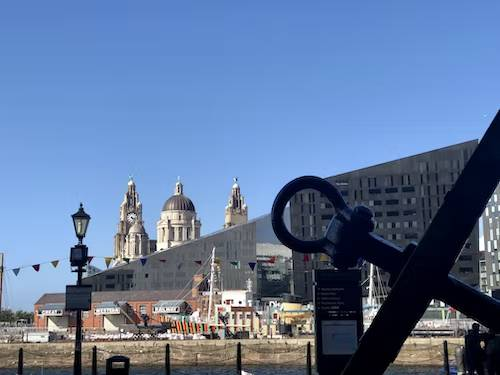Modern British architecture
Modern British architecture

Modern British architecture: Britain's Best 100 Buildings of the Past Century
Notable architects such as Sir Norman Foster, Richard Rogers, and Ivan Harbour give their picks in a new book Elizabeth Stamp Assembling an architectural “best of” list is a daunting task, especially when your choices include 100 years of buildings of modern British architecture. So when putting together his new book Best Buildings Britain (ACC Art Books, $25), author Matthew Freedman decided to take a different approach. Rather than making the list himself, he asked 31 notable architects and writers to give their picks. “While the book doesn't try to be definitive or exhaustive, it offers readers a chance to look again at modern British architecture through the eyes of all sorts of experts,” says Freedman. “These choices come from architects at various stages of their careers, but also from writers who have played key roles in defining Art Deco style, raising a defense of Brutalism, championing the postmodern era, and so on. The resulting cocktail places postwar ‘prefabs' alongside large-scale 1970s public housing projects, and Deco department stores near 1980s pumping stations.” Architects such as Norman Foster, Richard Rogers, and Ivan Harbour weighed in alongside experts in the field to create the list of 75 buildings built since 1918. “I hope the mix of working architects and thoughtful commentators expands the idea of what might constitute a ‘best building' in interesting ways,” Freedman says. “It's fascinating to see Norman Foster choose an AIROH prefabricated bungalow as a formative influence in his work, for example, while Jonathan Meades includes Owen Luder's now demolished Brutalist Tricorn shopping center in Portsmouth. ” Once the contributors' lists were in, Freedman started with buildings that were picked more than once. He then expanded the list to 75 to make sure there was a wide range of styles and geographical areas. While there are plenty of iconic buildings in the book, the list has quite a few unexpected structures: “I think that the element of surprise choices is a big part of the book's appeal especially when you turn to the back, look at each contributor's individual list, and see dozens more buildings to spark your curiosity.” Read on to see 15 of Britain's best buildings.RIBA Headquarters
The London home of the Royal Institute of British Architects was designed by architect George Grey Wornum and completed in 1934. The Art Deco building, which was nominated by architect Owen Luder, a past president of RIBA, is filled with decorative details, including ceiling panels depicting architecture's high points located in the first floor's Henry Florence Memorial Hall.Barbican Complex
Completed in 1982, Chamberlin, Powell and Bon's Barbican Complex is one of Britain's best-maintained Brutalist developments. Built on land devastated by World War II bombing, the complex includes more than 2,000 homes. The estate was on the lists of architects Richard Hywel Evans, Jenny Fleming, and Piers Gough; and writers Stefi Orazi and Anne Ward.
